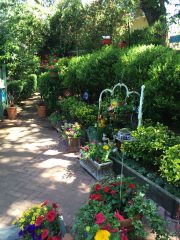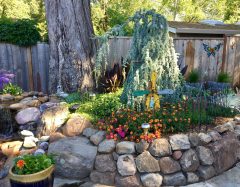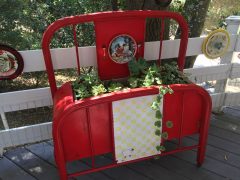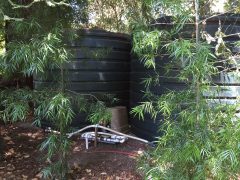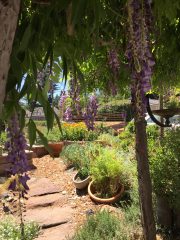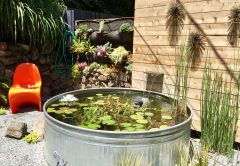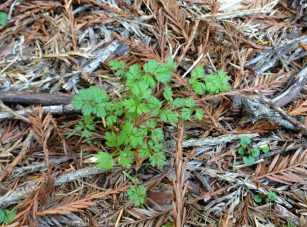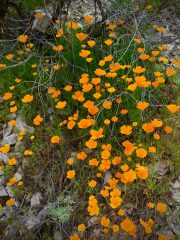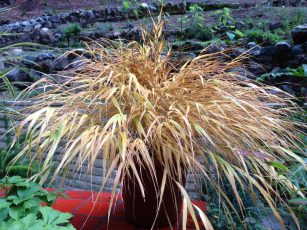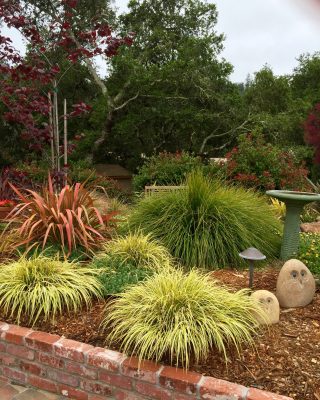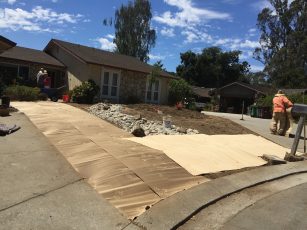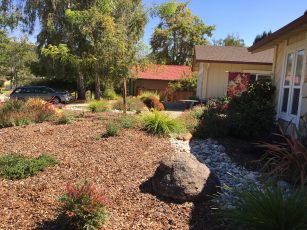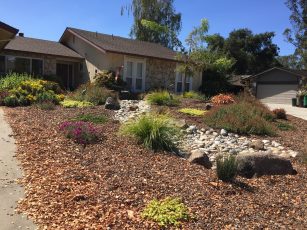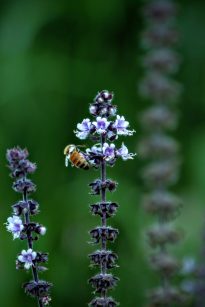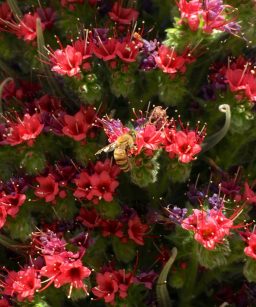The redbud are just starting to show color in my yard. Flowering plum, tulip magnolia, manzanita, forsythia, flowering currant and quince are blooming in many a garden. Even the deciduous trees and plants that look bare now are starting to grow new roots deep underground. It’s time to plan this year’s garden. Think about how you can blend artistry with ecology.
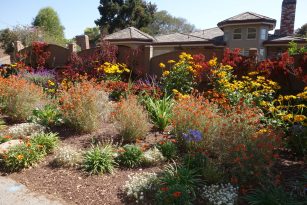
A landscape developed with sustainable practices will improve the environment by conserving resources. It will require less maintenance and fertilizing, be balanced with our climate in mind and use less pesticides and water. Most of all it will be visually pleasing with lots of flowers. bees and butterflies.
Your goal may be a more drought tolerant garden but which plants are right for your yard? What plants will be more likely to withstand disease and pest damage? What kind of irrigation system should be installed to provide for the needs of the landscape in the most efficient way possible? Is it time to convert your sprinkler system to smart drip, inline drip emitters and micro-irrigation?
Where do you put the compost bin so you can return garden waste and kitchen waste back to the garden while recycling nutrients within the landscape? How do you keep the soil healthy? There are many components in designing and installing a sustainable landscape that is just right for your garden.
Start with a smart design. Utilize permeable paving like gravel or pavers to help manage runoff, giving the soil more time to absorb rainfall and recharge the ground water. Maybe you need a rain garden or small planted basin to catch and filter rainwater and keep it onsite.
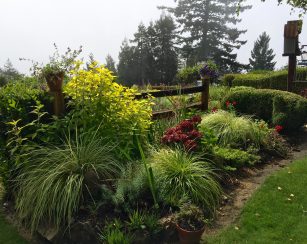
Group plants in your garden according to their water needs. Now?s the time to transplant if necessary to achieve this. Some maybe can survive on rainfall alone after their second or third season while the perennial beds and vegetable garden will require a different schedule. Water slowly, deeply and infrequently so there is no runoff. Water in early morning or evening to maximize absorption.
Plant deciduous trees to provide cooling shade in the summer and allow sunlight to warm the house in winter. Trees and shrubs clean the air of nitrogen, sulfur dioxide, ozone and carbon monoxide. They breathe in carbon dioxide, a major greenhouse gas, use the carbon to grow, then exhale oxygen. They retain more carbon than they lose so every tree you plant helps reduce your carbon footprint on the planet.
Feed and shelter birds, butterflies and other wildlife in your landscape. Plant perennials such as echinacea, lavender, penstemon or salvia, ceanothus and other native plants to attract pollinators like bees and hummingbirds. Plant flowers that attract beneficial insects to help control harmful insects and use organic pesticides.
Make your soil a priority by adding compost each year. Mulch your soil to keep down weeds and conserve water and use organic fertilizers, manure and fish emulsion that feed the soil. Compost the green and brown waste your garden produces like fallen leaves, weeds without seeds, grass clippings, spent flowers and vegetables.
Stay ahead of weeds, pulling them before they set seed and spread.
Take steps each year to encourage a beautiful, sustainable landscape and make your corner of the world part of the solution.

